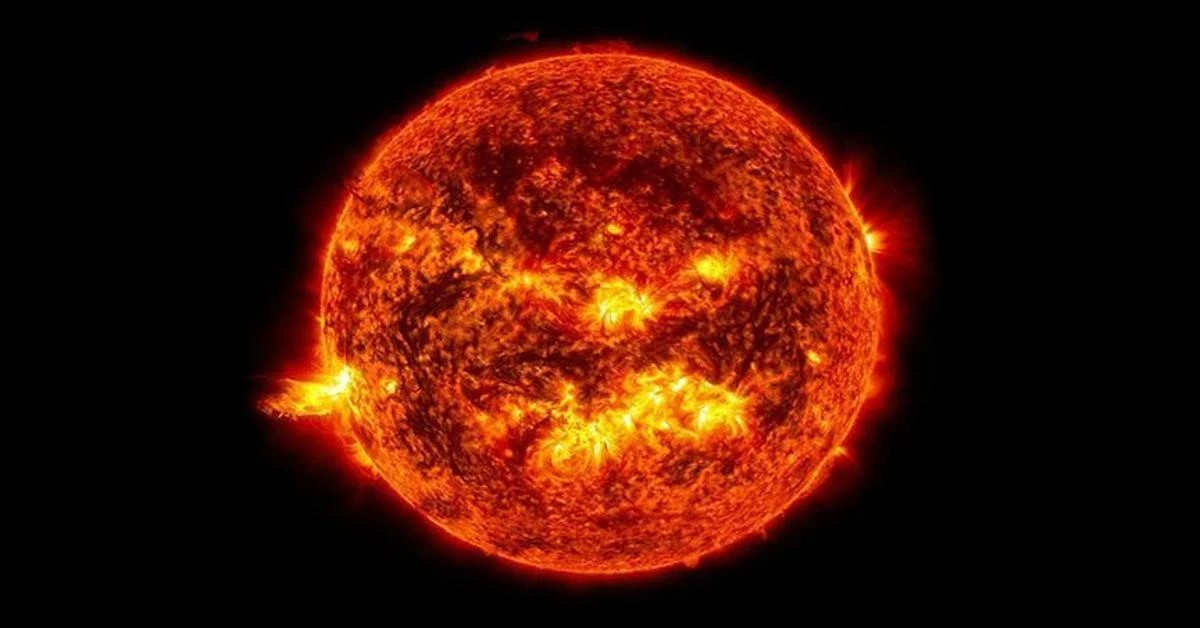Strong solar flares may result in temporary radio blackouts, says report

Large eruptions of electromagnetic radiation from the sun increase X-ray and ultraviolet radiation, which can mess with the layers of the Earth’s atmosphere
Powerful solar flares have the potential to cause radio waves to lose energy or even be absorbed, resulting in a “radio blackout,” the Space Weather Prediction Center in Boulder (SWPC) of the National Oceanic and Atmospheric Administration (NOAA) said in its latest report
Describing solar flares as “large eruptions of electromagnetic radiation from the Sun lasting from minutes to hours,” the EU’s climate change service said in its reports on Saturday: “The sudden outburst of electromagnetic energy travels at the speed of light, therefore any effect upon the sunlit side of Earth’s exposed outer atmosphere occurs at the same time the event is observed.”
This burst of energy increases X-ray and ultraviolet radiation, which can mess with the layers of the Earth’s atmosphere, particularly the ionosphere, on the side facing the Sun, the report said.
Normally, high-frequency radio waves travel through the upper layers of the ionosphere, allowing for long-distance communication, it stressed, warning that the lower layers of the ionosphere get all stirred up, causing radio waves to lose energy or even get absorbed during a strong solar flare.
This means that communication using specific radio frequencies, particularly those between 3 and 30 MHz, may be disrupted, resulting in what we call a “radio blackout,” it warned.
“Solar flares usually take place in active regions, which are areas on the Sun marked by the presence of strong magnetic fields; typically associated with sunspot groups,” the NOAA said, adding: “As these magnetic fields evolve, they can reach a point of instability and release energy in a variety of forms.”
“These include electromagnetic radiations, which are observed as solar flares,” it noted.
The storm may disrupt high-frequency radio transmissions, like those used by aircraft to communicate with distant traffic control towers, but most commercial aircraft have satellite transmission as a backup, Jonathan Lash, a forecaster at the center, told the press.
Additionally, satellite operators might face challenges tracking their spacecraft, and power grids could experience induced currents in their lines, but nothing beyond their capability to manage, he added.
“For the general public, if you have clear skies at night and you are at higher latitudes, this would be a great opportunity to see the skies light up,” Lash explained.
Every 11 years, the Sun’s magnetic field undergoes a reversal, resulting in the switch of its north and south poles, he pointed out, stressing that this cycle, known as the solar maximum, marks periods of increased solar activity, leading to more frequent geomagnetic storms like the one observed on Sunday.
Source: AA



